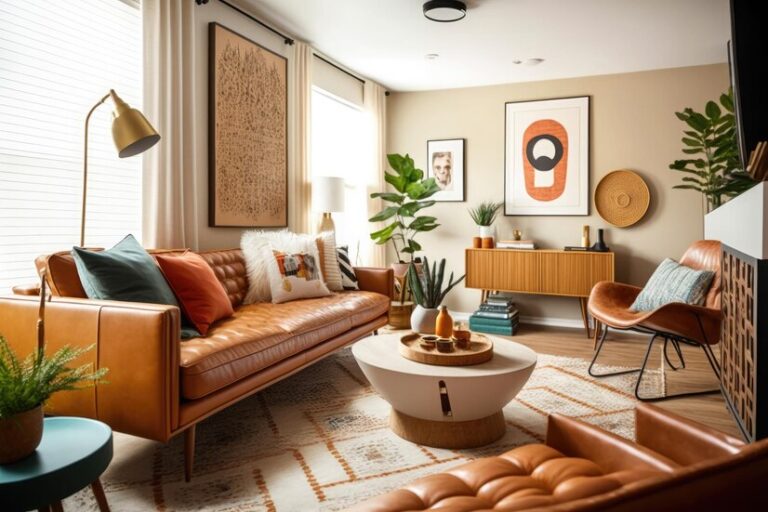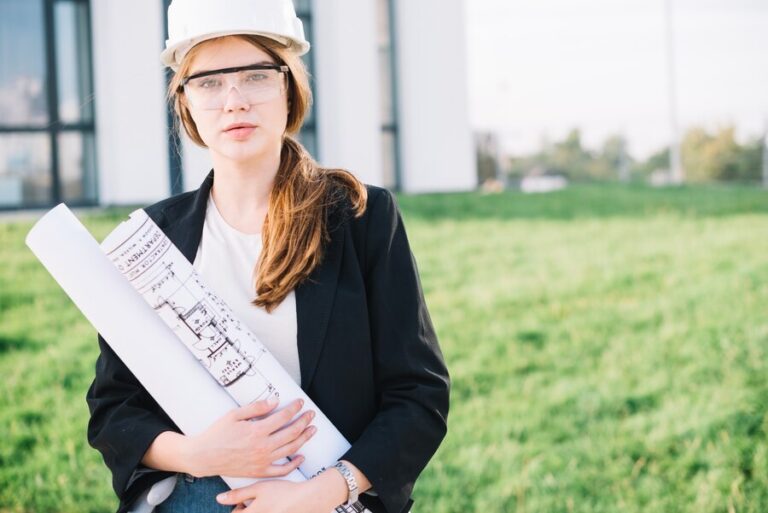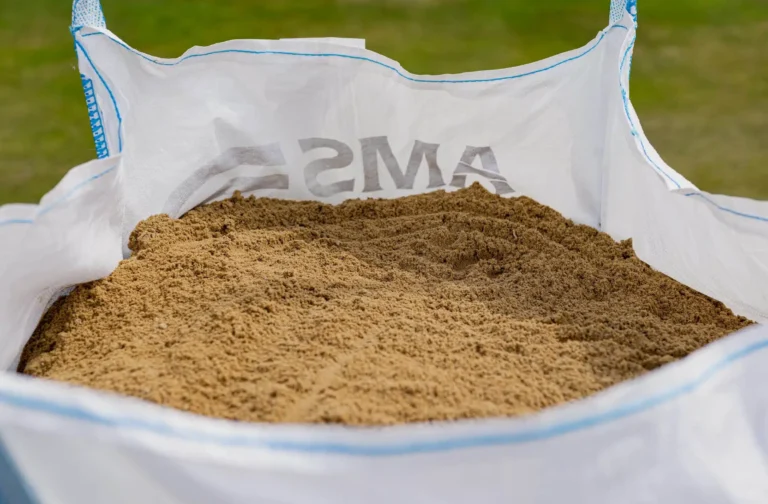Modern Office Cubicle Designs: Creating Spaces That Foster Productivity and Collaboration
The traditional office cubicle, once synonymous with isolation and monotony, has undergone a significant transformation in recent years. As workplace culture evolves, so too do the designs of office spaces. Companies are recognizing the importance of fostering both productivity and collaboration, leading to a new era of modern office cubicle designs. These spaces strike a balance between personal workstations and the need for open, interactive environments that encourage teamwork, creativity, and communication.
This article explores how modern office cubicles are revolutionizing the workspace by creating dynamic environments that enhance productivity and collaboration.
1. Open Plan with Personal Space: The Hybrid Cubicle
One of the major trends in office design is the move toward open-plan spaces that still offer employees a degree of personal space. Hybrid cubicles blend the benefits of individual workstations with the openness of collaborative environments. These cubicles provide enough privacy to allow for focused, individual work while maintaining visibility and accessibility to team members.
- Partial Walls for Focus and Connectivity: Instead of high, isolating walls, hybrid cubicles feature lower dividers that offer visual and sound barriers without cutting employees off from their surroundings. This design enables workers to concentrate while remaining aware of and connected to their team, promoting both productivity and collaboration.
- Modular Configurations: Modern office cubicles are often modular, meaning they can be easily reconfigured to suit different team sizes and project needs. This flexibility allows businesses to adapt their workspace as their teams grow or as projects shift, ensuring that the office layout always supports optimal productivity and teamwork.
2. Flexible Design for Diverse Work Styles
One size no longer fits all in the modern workplace. Today’s office environments are designed to accommodate diverse work styles and preferences, recognizing that some employees thrive in solitude while others are more productive in social or collaborative settings.
- Personalization Options: Modern cubicle designs offer employees the freedom to personalize their workspaces. Adjustable desks, customizable lighting, and ergonomic chairs enable workers to create a setup that suits their specific needs, whether they prefer standing desks, seated arrangements, or a combination of both. This flexibility enhances comfort and efficiency, leading to better productivity.
- Activity-Based Zones: Many modern offices now feature activity-based workspaces, with different zones designed for specific tasks. For instance, a cubicle might serve as a personal workstation, while breakout spaces nearby encourage group discussions and brainstorming sessions. By offering a variety of spaces, companies can cater to different work styles, enabling employees to switch between focused, independent tasks and collaborative work seamlessly.
3. Technology Integration for Enhanced Collaboration
In today’s fast-paced, digital-driven world, technology plays a pivotal role in how we work and collaborate. Modern cubicles are designed with this in mind, integrating technology in ways that streamline communication and foster collaboration.
- Smart Desks and Digital Tools: Modern office cubicles often feature smart desks equipped with integrated charging stations, cable management systems, and even touchscreens that allow employees to access digital tools directly from their workstations. These tech-friendly cubicles support productivity by making it easy for employees to stay connected and powered up without the clutter of external devices.
- Video Conferencing and Collaboration Tools: As remote work and global teams become more common, video conferencing and collaboration tools are essential. Many modern cubicles include built-in video conferencing setups or are positioned near huddle rooms equipped with these tools. This setup allows employees to engage in virtual meetings or collaborate with remote colleagues seamlessly, fostering a sense of teamwork even when teams are geographically dispersed.
4. Acoustic Solutions for Focus and Privacy
One of the biggest challenges of open office environments is noise. While collaboration is encouraged, too much noise can disrupt productivity. Modern office cubicles address this issue by incorporating acoustic solutions that create a quieter, more focused environment without sacrificing openness.
- Soundproofing Materials: Cubicles designed with sound-absorbing panels or materials help reduce the noise levels in open-plan offices. These materials are often built into the cubicle walls or installed as ceiling panels, creating a quieter workspace without the need for high, isolating barriers.
- Privacy Pods: In addition to soundproofing, some modern office designs include privacy pods or phone booths where employees can retreat for confidential conversations or focused work. These pods provide an escape from the hustle and bustle of the office while still being part of the overall workspace, giving workers the flexibility to switch between collaboration and focused tasks as needed.
5. Sustainable and Health-Conscious Materials
With an increasing focus on sustainability and employee well-being, many companies are opting for eco-friendly materials and designs that promote health. Modern office cubicles are often built with sustainable materials and incorporate features that enhance employee health and comfort.
- Eco-Friendly Materials: Sustainable materials such as reclaimed wood, recycled plastics, and low-VOC (volatile organic compounds) finishes are becoming more common in office furniture, including cubicles. These materials reduce the environmental footprint of office designs while creating healthier indoor environments for employees.
- Ergonomics for Health and Comfort: Ergonomically designed cubicles prioritize employee well-being. Height-adjustable desks, ergonomic chairs, and supportive accessories, such as footrests and wrist supports, help reduce strain and discomfort, preventing issues like back pain or repetitive strain injuries. These features not only improve employee comfort but also contribute to long-term productivity by minimizing health-related disruptions.
6. Incorporating Biophilic Design for Well-Being and Focus
The biophilic design trend, which brings natural elements into the workspace, is gaining popularity for its proven benefits on employee well-being and productivity. Incorporating nature into modern cubicle designs can help reduce stress, improve mood, and enhance cognitive function.
- Natural Light: Cubicles designed to maximize natural light exposure help improve employee mood and focus. Open layouts with low partitions allow light to flow through the office, creating a brighter and more energizing workspace. In addition to improving aesthetics, natural light has been shown to enhance productivity and reduce eye strain.
- Greenery and Natural Elements: Adding plants and natural materials to cubicle designs creates a more calming and visually appealing workspace. Incorporating living walls, desktop plants, or wood finishes in cubicle structures helps bring the outside in, creating a healthier and more stimulating work environment. Research shows that exposure to nature, even in small doses, can improve concentration and creativity, making it an essential component of modern office cubicle design.
7. Collaboration Zones Adjacent to Workspaces
Collaboration is at the heart of innovation, and modern office cubicle designs facilitate teamwork by positioning collaboration zones close to individual workstations. These zones provide employees with easy access to spaces where they can brainstorm, share ideas, and work together without interrupting others.
- Breakout Areas and Huddle Rooms: Many offices now feature adjacent breakout areas or huddle rooms, where employees can gather for impromptu meetings, discussions, or collaborative projects. These spaces are designed to complement individual cubicles, allowing employees to transition easily from focused work to group activities. Whether for formal meetings or informal chats, these nearby collaboration zones enhance communication and foster a culture of teamwork.
- Flexible Furniture for Quick Collaboration: In addition to designated collaboration spaces, some cubicles are equipped with mobile furniture that can be rearranged easily for quick team meetings. Chairs on wheels, movable desks, and portable whiteboards make it simple to create a collaborative workspace on the fly, ensuring that teams can work together efficiently whenever needed.
Conclusion: Designing for the Future of Work
Modern office cubicle designs are evolving to meet the needs of today’s dynamic workplaces. By integrating flexibility, technology, acoustic solutions, and sustainable materials, these cubicles create spaces that balance productivity with collaboration. They provide employees with the autonomy to tailor their work environments to suit their individual needs while fostering a culture of teamwork and innovation.
As businesses continue to adapt to changing work patterns, from hybrid offices to remote collaboration, the future of Modern Office Cubicle Designs will likely continue to evolve. However, the core principles of flexibility, comfort, and connectivity will remain essential in creating office spaces that enhance both individual productivity and collective creativity.







